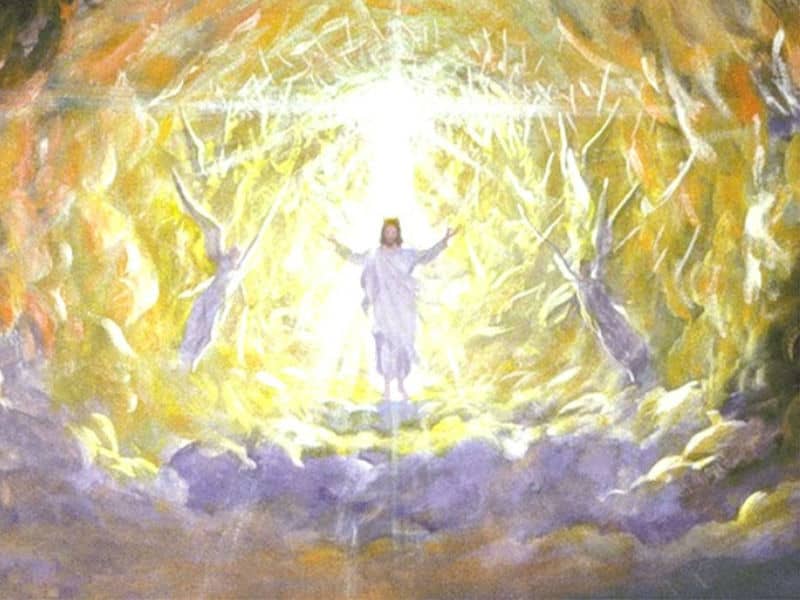"No evidence of the sort you would expect in a physics experiment or, for that matter, even in an investigation of Shakespeare is brought to the table--just opinions, mere hypotheses with the barest support. Oh, yes, and then there are the colored marbles with which the Seminar members vote. To roll out a red marble, according to their rules, means that the voting member thinks Jesus actually said what the Gospels purported he said; a gray one means the saying is doubtful. One can almost be forgiven the suspicion that most of the 'marbles' in the room are on the table. Any other body of scholars who voted this way about history would be ridiculed."Those two assertions are factually incorrect. First, on evidence. All votes were taken after papers had been prepared, circulated in advance, and discussed in seminar. We proceeded, in other words, just like any seminar during the Annual Meeting of the Society of Biblical Literature (SBL). I know that because, in addition to co-chairing the Jesus Seminar for ten years, I have also chaired a SBL Seminar on Parables for five years as well as a SBL section on the Historical Jesus for six. Those processes, of course, are never those of the physical sciences, but the standard ones of the human sciences. Second, on marbles. (By the way, they were beads, not marbles, and my secret plan was to see how many Protestant scholars I could get plying their beads.) Once again, our procedure was standard, as I will explain.

| ||
|
I am depressed almost to tears at the general lack of respect for the faith of others (especially for differences within our common Christian faith) and for personal attacks which replace conceptual debates. If we have Jesus in our hearts, why is there so much hate in our words?
-- John Dominic Crossan |
||
 |


